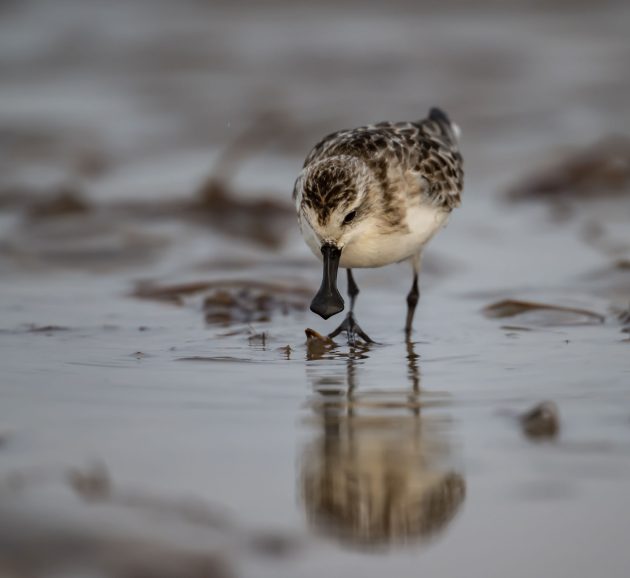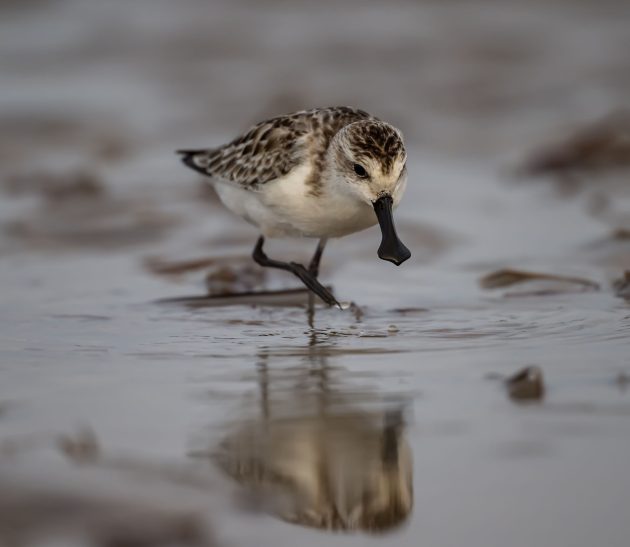We don’t get to see the Spoon-Billed Sandpiper in Shanghai that often – actually, this is the first time ever I have seen it in my hometown. But this October, three of them spent some time on the Nanhui mudflats, just a few kilometers away from the microforests that are the main photo source for my regular posts.

The story of the Spoon-billed Sandpiper is not a happy one – it is listed as Critically Endangered, which is no surprise given that estimates of their number range from only about 250 to about 700. One local expert I communicated with told me that the numbers are still declining and that according to one research paper, the pollution in waders’ feathers is the worst in Guangdong province, which has the largest wintering population of the species.


According to Cornell, most researchers believe two factors are responsible for the population decline: the elimination of migratory stopover habitat, particularly in the Yellow Sea region, and subsistence hunting on the wintering grounds.


Does it matter? One friend wrote to me that the Spoon-billed Sandpiper is a “fantastic bird no matter how much unwanted attention it gets” – in the second part of his statement, he may have been referring to the masses of cheap souvenirs modeled on the bird.


Observing an individual at Nanhui confirmed observations made in a paper on the Spoon-billed Sandpiper in Bangladesh:


“Foraging birds spent c.98% of their time feeding within small pools left by the receding tide, both at the tide edge and up to 600 m from the open sea”


and


“Typically birds foraged for food by wading around rapidly in shallow water that did not reach tibial height (1–3 cm) and appeared to use the bill as a shovel, inserting it into the substrate and extracting prey items from underneath submerged mud … These shoveling motions were predominantly directed to the front, but sometimes also sideways”.


Spoon-billed Sandpipers feed on small shrimp, but also crabs and fish, as described in another paper. The average size of the prey (27 mm) compares with the 22 mm long bill of the birds.


One approach tried to save Spoon-billed Sandpipers is called headstarting. This conservation approach can increase productivity by incubating eggs and raising chicks in captivity, avoiding predation at these vulnerable stages. It has been shown to have some success, though the headstarting gains are reduced over time from fledging to long-term recruitment to the local breeding population (source). Sadly, the paper also finds that chicks raised in captivity by humans have reduced abilities for independent living in nature.


Finding Spoon-billed Sandpipers is not easy as except for their bill, they look remarkably like other small waders, of which there are many more – one paper describes this as “like finding a needle in a haystack”.


There are several initiatives to save the species – as one called “Saving the Spoon-billed Sandpiper”. Unfortunately, this organization does not seem to be very active at the moment – the latest news entry is from January 2022 and refers to the death of Evgeny Evgenyevich Syroechkovsky, presumably the main driver of the group. A slightly depressing reminder that such initiatives usually strongly depend on just a very small number of key people who do most of the work.

Source link

